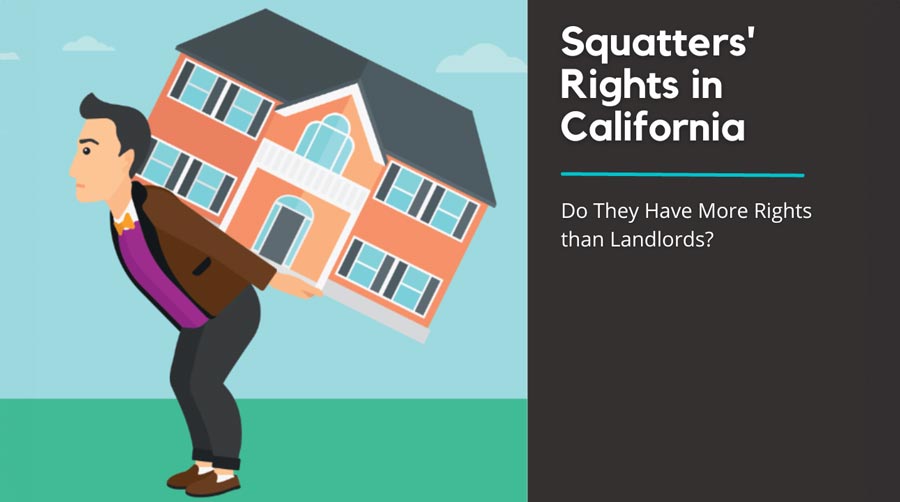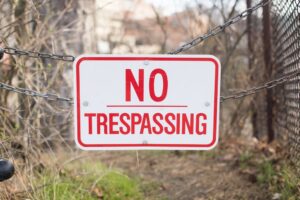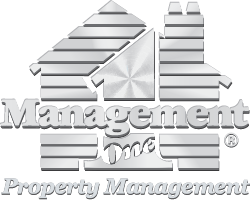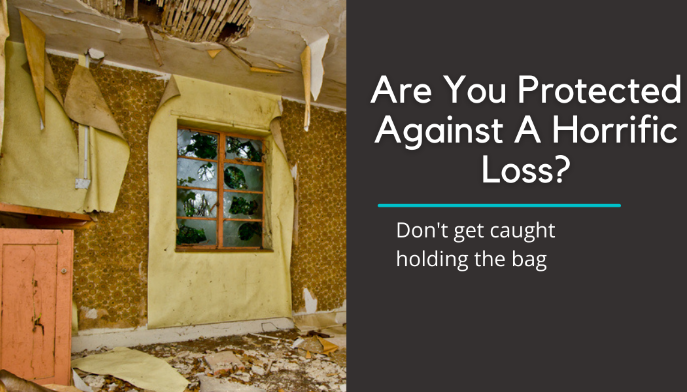
Squatters Rights: Do They Have More Rights than Landlords?
What are Squatters’ Rights?
Squatters’ rights are legal allowances to occupy a property without the owner’s permission if they weren’t served an eviction notice. The rights vary from state to state, but the overarching theme is the same. The squatter can become the new legal owner of the property after a certain amount of time.

In California, a squatter can live on a property for a minimum of 5 years, have established utilities in their name, possibly pay property taxes, and can prove adverse possession. Adverse possession means squatters can prove that they are open about living in the property without the owner's permission (i.e. establishing utilities in their name), haven’t signed a lease, and have lived in the property illegally for a certain amount of time. According to Adverse Possession, they now are the new legal owner of the property.

What are Landlord Rights?
Covid brought about a slew of “squatters” across the nation, not just in California. In researching this concept of “squatting” I was appalled to see just how lenient the law is in favor of squatters and how little recourse landlords have against the squatters.
Story after story depicted the helplessness of landlords against the thieves living in their homes.
In Texas, a landlord listed her property for rent. Upon a phone call from her HOA, she stopped by the home and was shocked to find a family of 5 living in her home. The police couldn’t get them out because they had taken up residency in the property and presented a signed lease. Turns out this family had been evicted from three other homes in the area, and this landlord was just her next victim.
In January 2020, a couple in Riverside, California bought the home of their dreams. Escrow closed and their nightmare began. The sellers refused to move out, becoming squatters in a home they no longer owned. Thanks to Covid and the eviction moratorium, the new homeowner’s hands were tied. Out of desperation, the couple reached out to a local news station who did a cover story on the situation. The heat was on the squatters and soon they packed up their bags and left.
A handyman in Northern California flipped the script on unsuspecting squatters in his mother’s vacant home. Having no help from local authorities and the courts being backlogged, he decided to take matters into his own hands. He became a squatter on the squatters. His methods were unconventional and although they did work, a confrontation could have ensued and ended very differently. He was successful and ultimately, he and his mother were able to sell her home.
The overall theme here is that landlords have little to no rights when it comes to squatters. There is a movement that is brewing to bring changes to the laws against squatters. The more landlords speak up to their local government, the better chance it is for these laws to change. We will keep you updated as more information becomes available.

How to prevent squatters?
There are methods you can take to prevent squatters. According to Zillow, there are 5 ways you can protect yourself from squatters.
- Post “No Trespassing” signs on all doors and gates. Trespassing is illegal and can lead to an arrest. By having these signs, squatters are first considered trespassers and you might be able to get them out faster.
- Check your property regularly for signs of squatters and trespassers.
- Have your property manager, friends, or family members check the property regularly if you don’t live in the area.
- Screen applicants thoroughly to verify their rental history.
- Fill vacancies quickly.
At Management One, we take squatting seriously. We’ve had a few squatters over the years, as to be expected when you have vacant homes. Due to swift action by our team, we’ve been successful at removing the squatters promptly and without incident.
Actions that we take to prevent squatters include:
- When a property is vacant, we put up signs on all doors and the main windows that state the home is being monitored and that “No Trespassing is allowed.”
- We conduct weekly drive-by inspections of the property to ensure there is no one living in the property.
- We have contractors that are at the property completing work, so there is never a long period of time that the home sits completely empty.
- We rent properties quickly to avoid long vacancy times.
- We thoroughly screen residents to verify their rental history and employment history.
- We obtain identification on all prospective residents before allowing them to view a home.
If we find squatters in the home, we call the local authorities immediately so there is a record of the complaint against the squatters. Most of the time, calling the police will get the said squatters to vacate the home based on their trespassing. Having said that, there is little to nothing that the authorities can do. They will say it’s a civil matter and evict the squatters.

What to do if you find squatters in your home?
First post 2-3 no trespassing signs on your property. Then call the local authorities and see if they are willing to help remove the squatters based on their trespassing. If nothing else, it will create a record that you attempted to remove the squatters, thus not “allowing” them to take up residency in your home.
If the police can’t help you out. Contact an eviction attorney and start the eviction process. Depending on your County and State, the time frame for an eviction will vary greatly. In Riverside County, evictions take a fraction of the time as it does in San Bernardino County. Get the ball rolling ASAP, remember the longer the squatter lives in the property and sets up the house, the harder it will be to get them out. (If you need help on this, we have vetted eviction Attorneys who can help)

Lastly, and I Can’t Stress this Enough...
If you are a landlord, make sure you have “Malicious Intent” with your landlord policy. If the squatters damage your home, this portion of your policy will kick in and cover the damage and it does not cost a lot, sometimes nothing. Some owners have been reimbursed tens of thousands of dollars. The bottom line is this, don’t rent out your property without it. Please note most insurance companies think squatter damage is vandalism, it is NOT. Again, call us at 951-735-2000 or 949-721-6608 if you need any help, we have the best insurance carriers, who pay out when you have a claim.
If you are a homeowner with your property listed for sale, check with your insurance company to see if there is coverage that includes malicious damage to your property. Ask to have your coverage extended past 30 days while the property is vacant. It’s better to be safe than sorry.
Conclusion
As I mentioned previously, speak up, and vote when bills are presented that cause harm to landlords. Don’t think “my voice won’t matter”, if landlords don’t ban together and speak out, the opposite side will gain traction, and owning rental property will be a thing of the past. Owning rental property is truly a great way to grow your retirement and generate great wealth for the next generation.
To learn more about insurance, read this article next: “How to Tell if you have the Best Insurance Coverage.”











